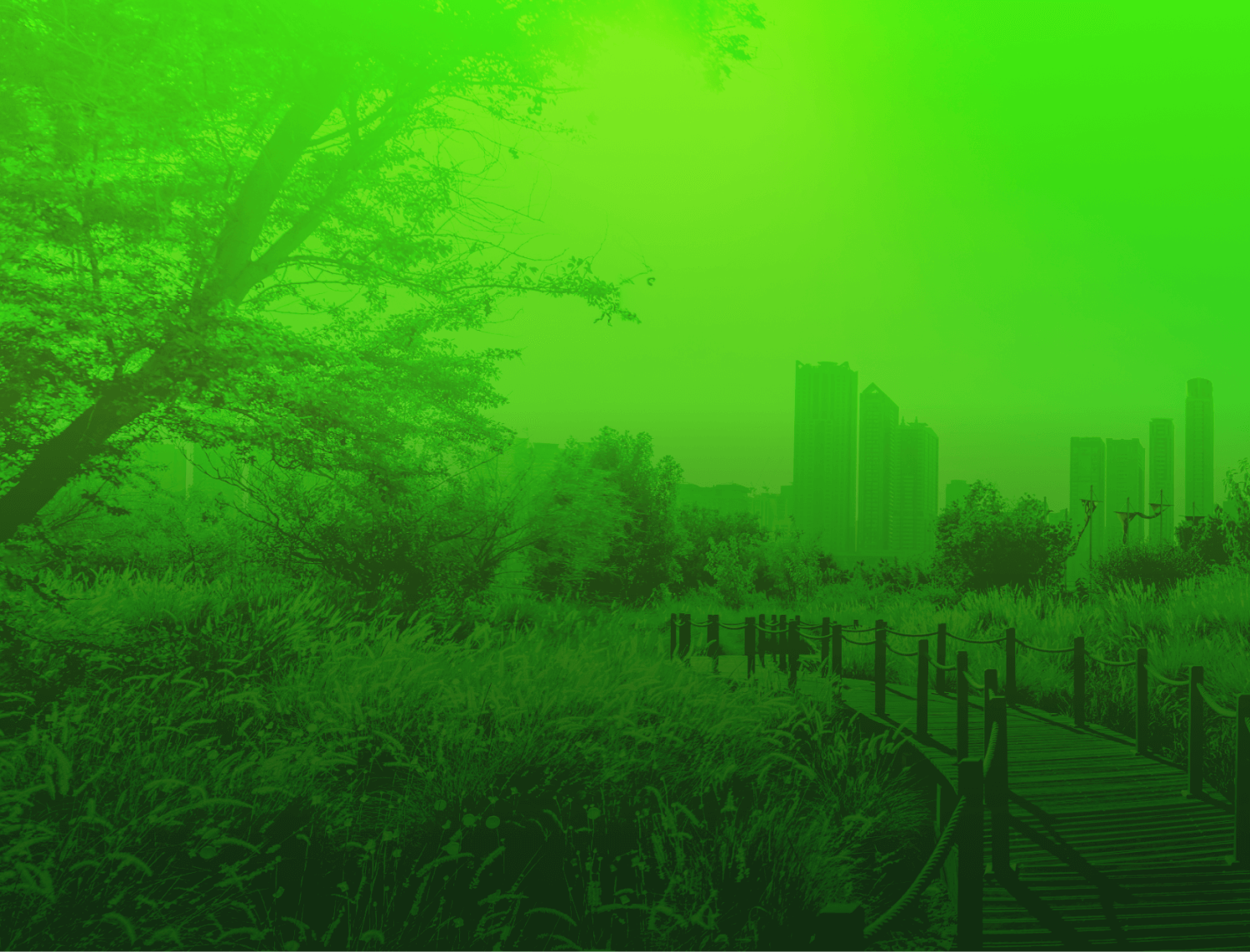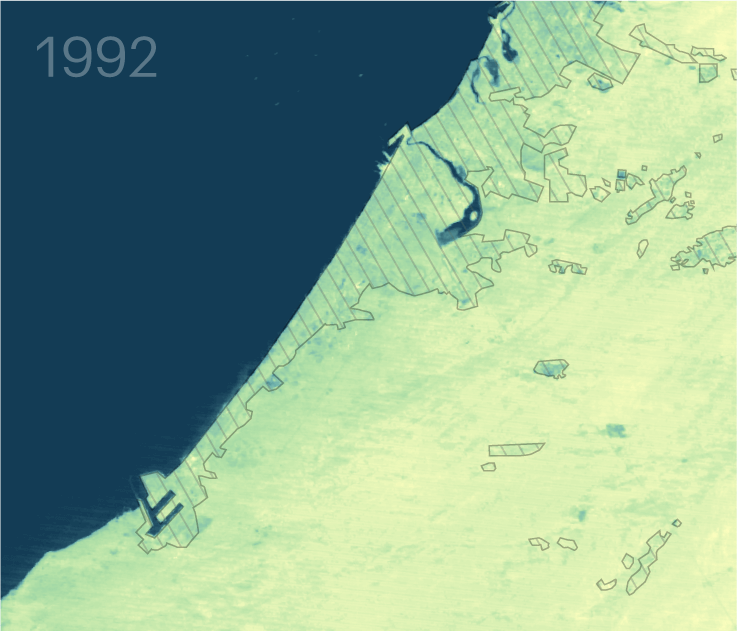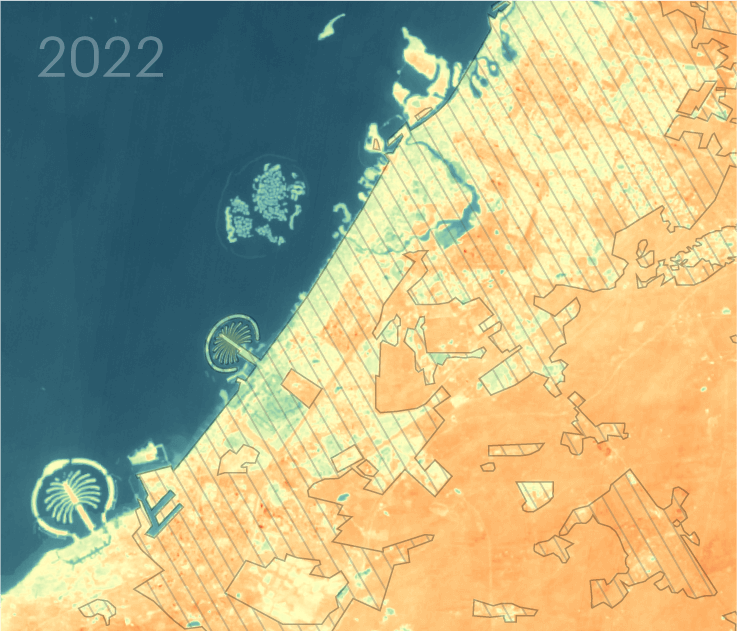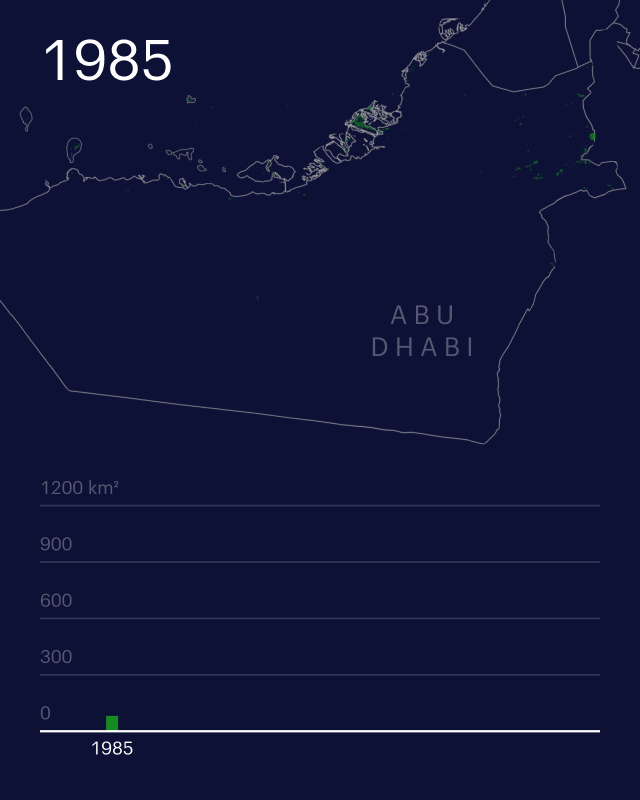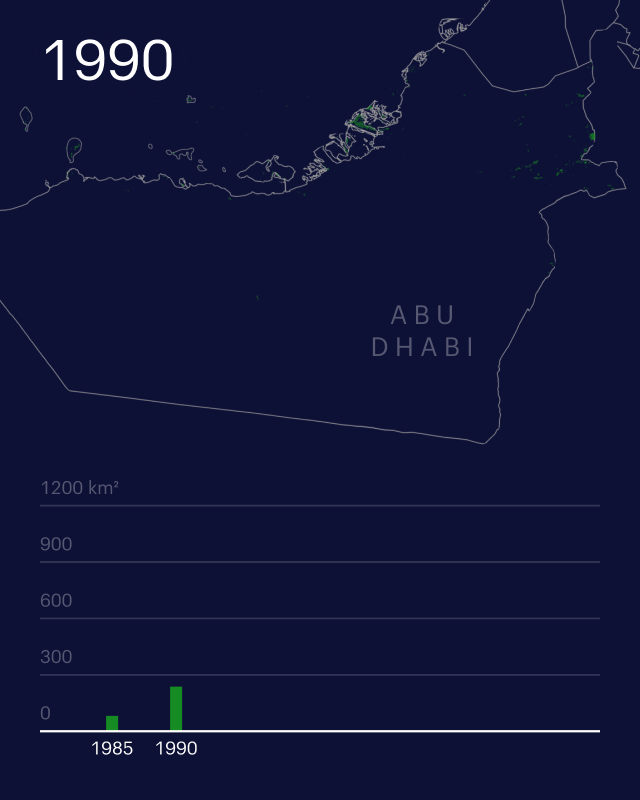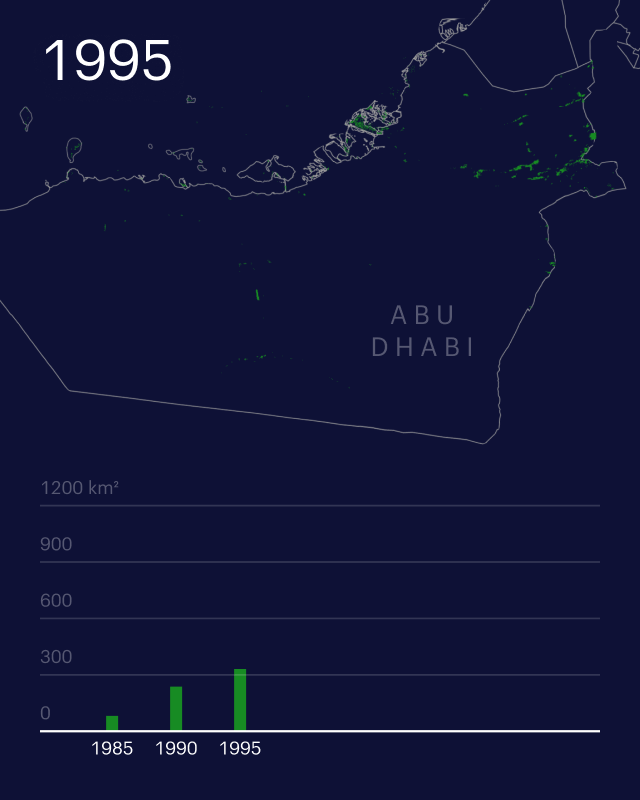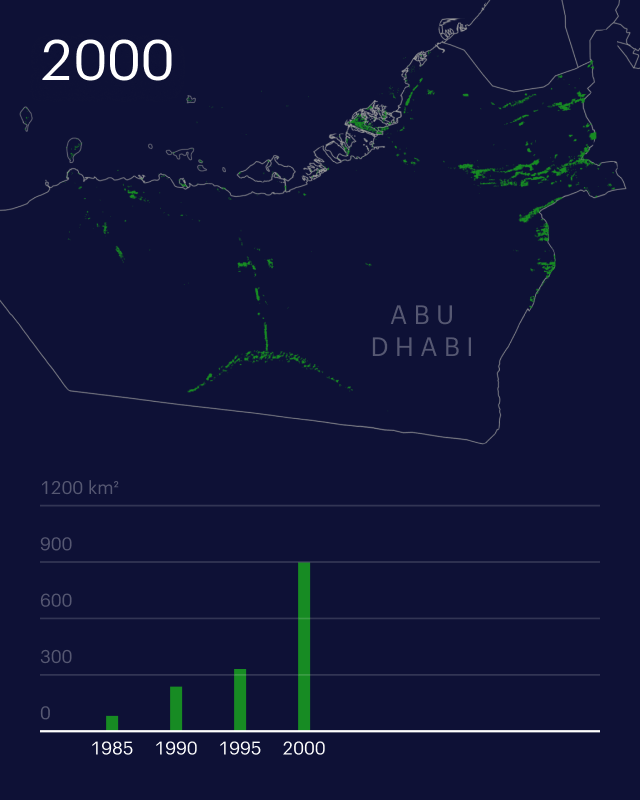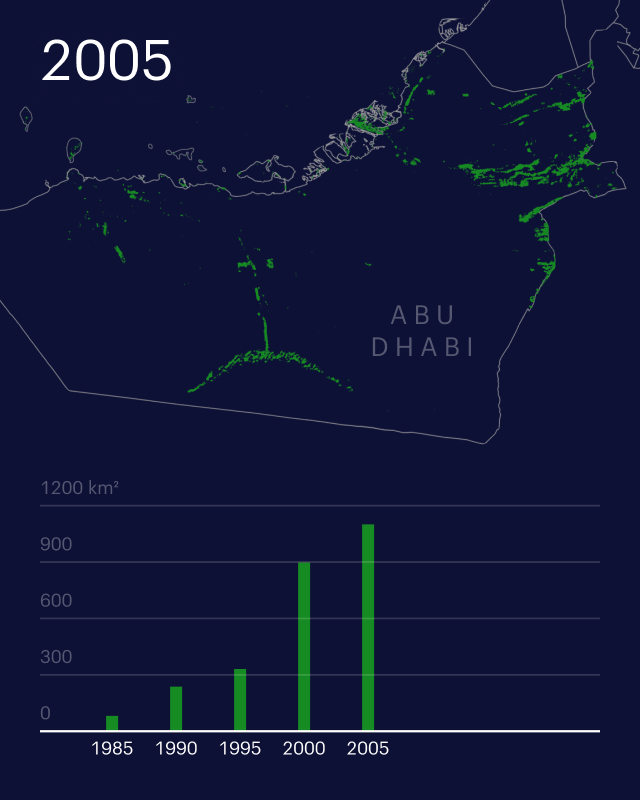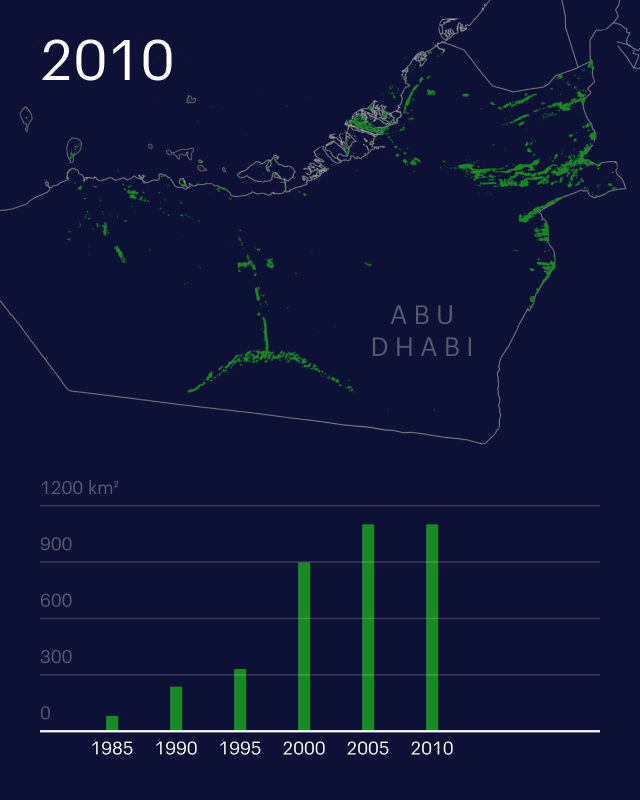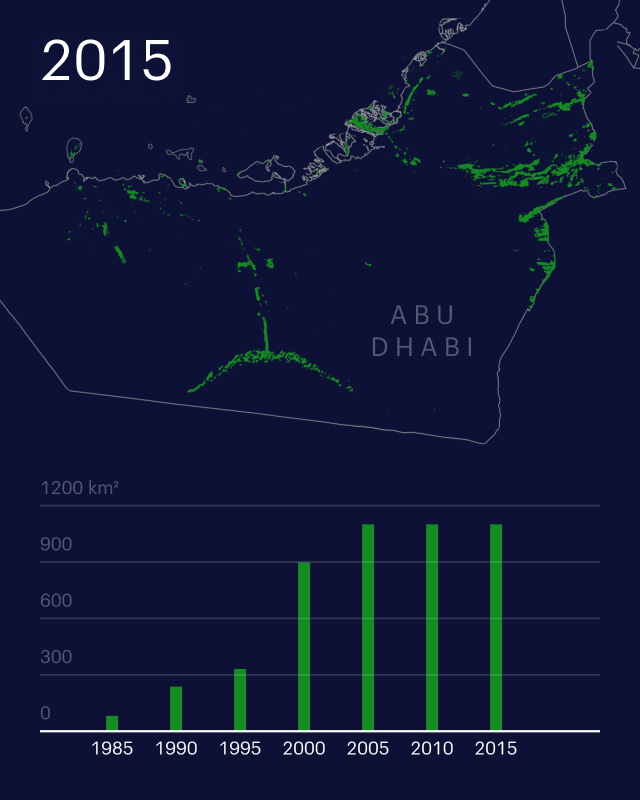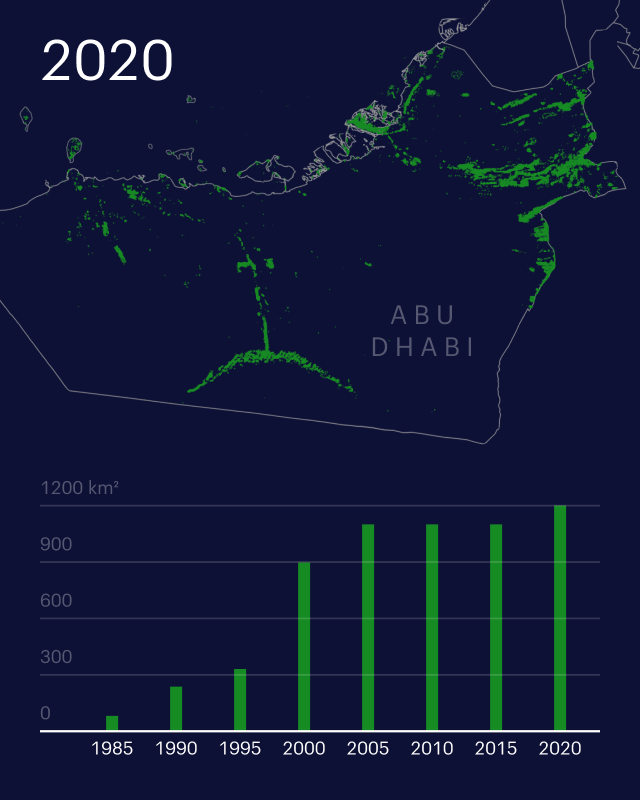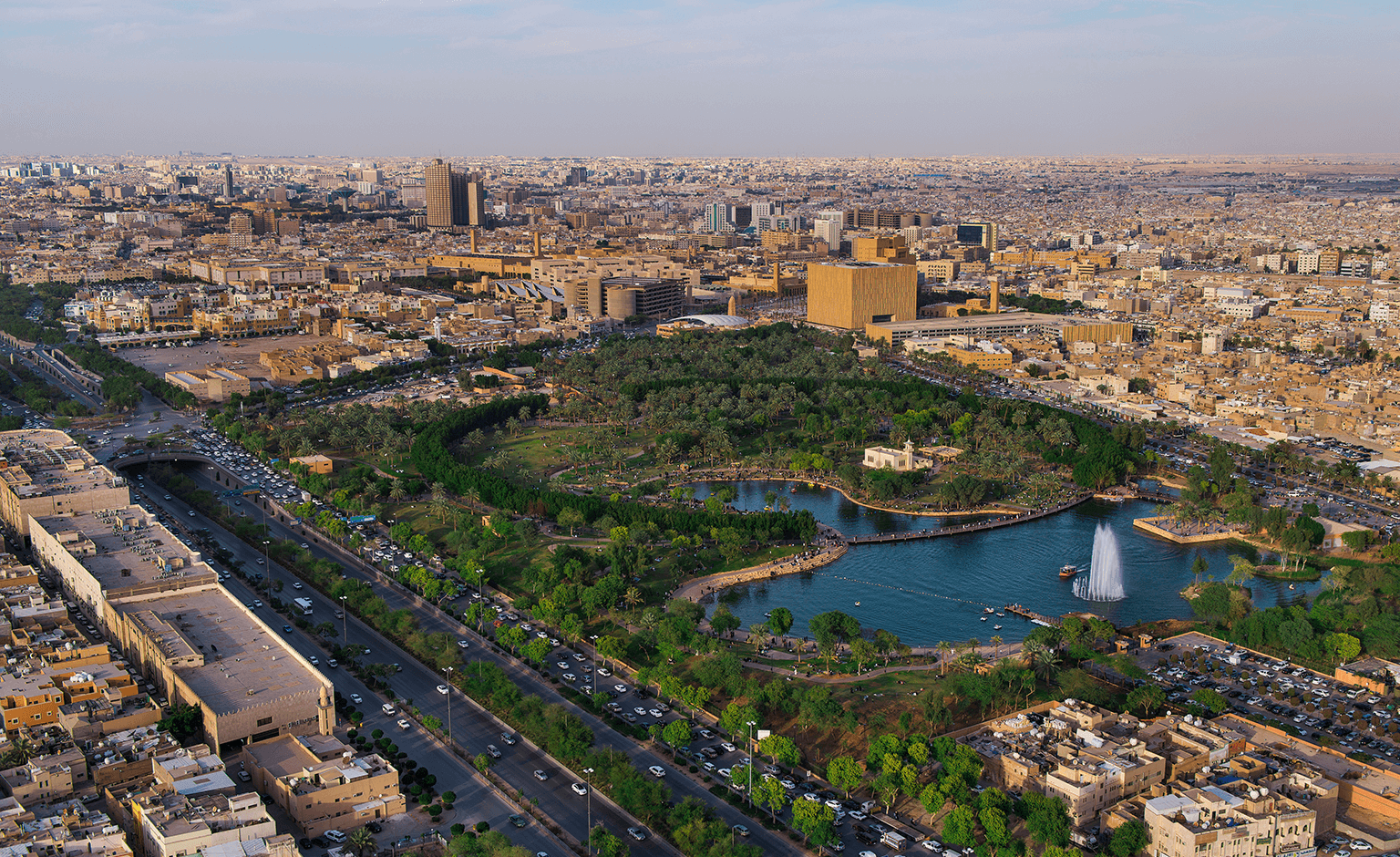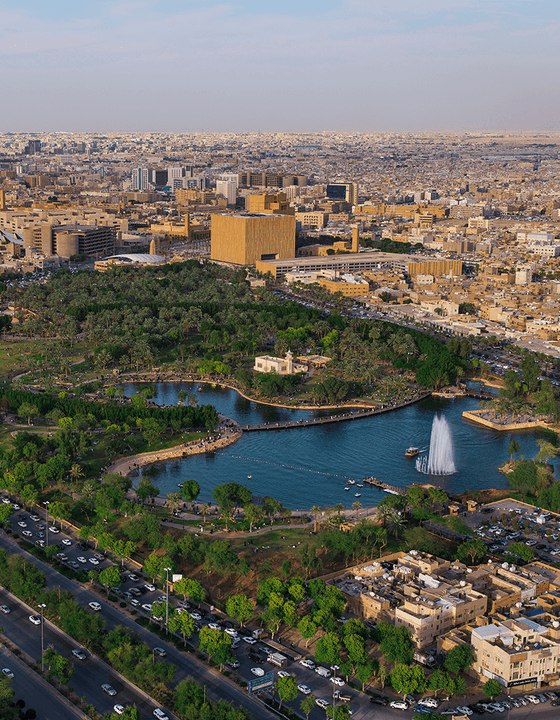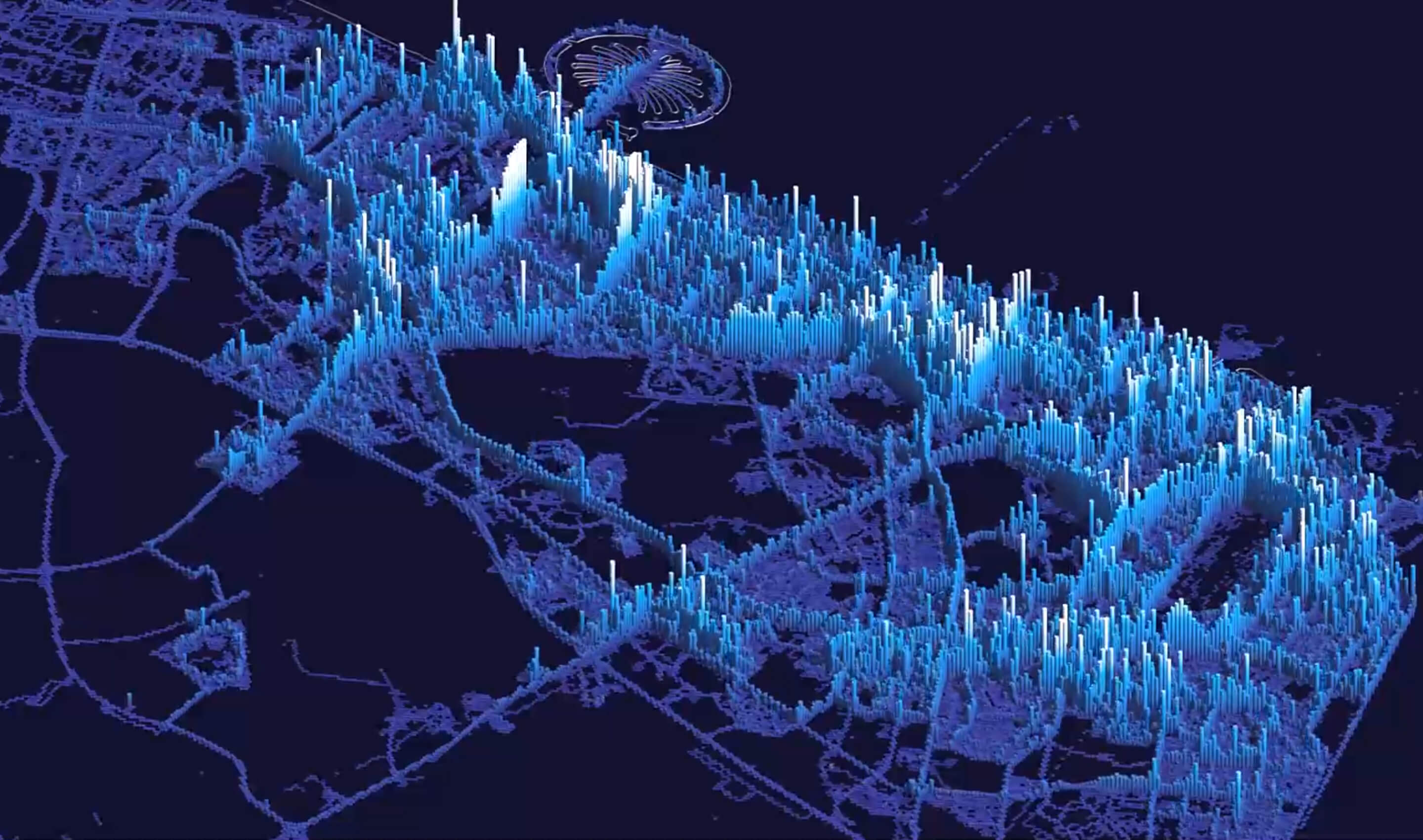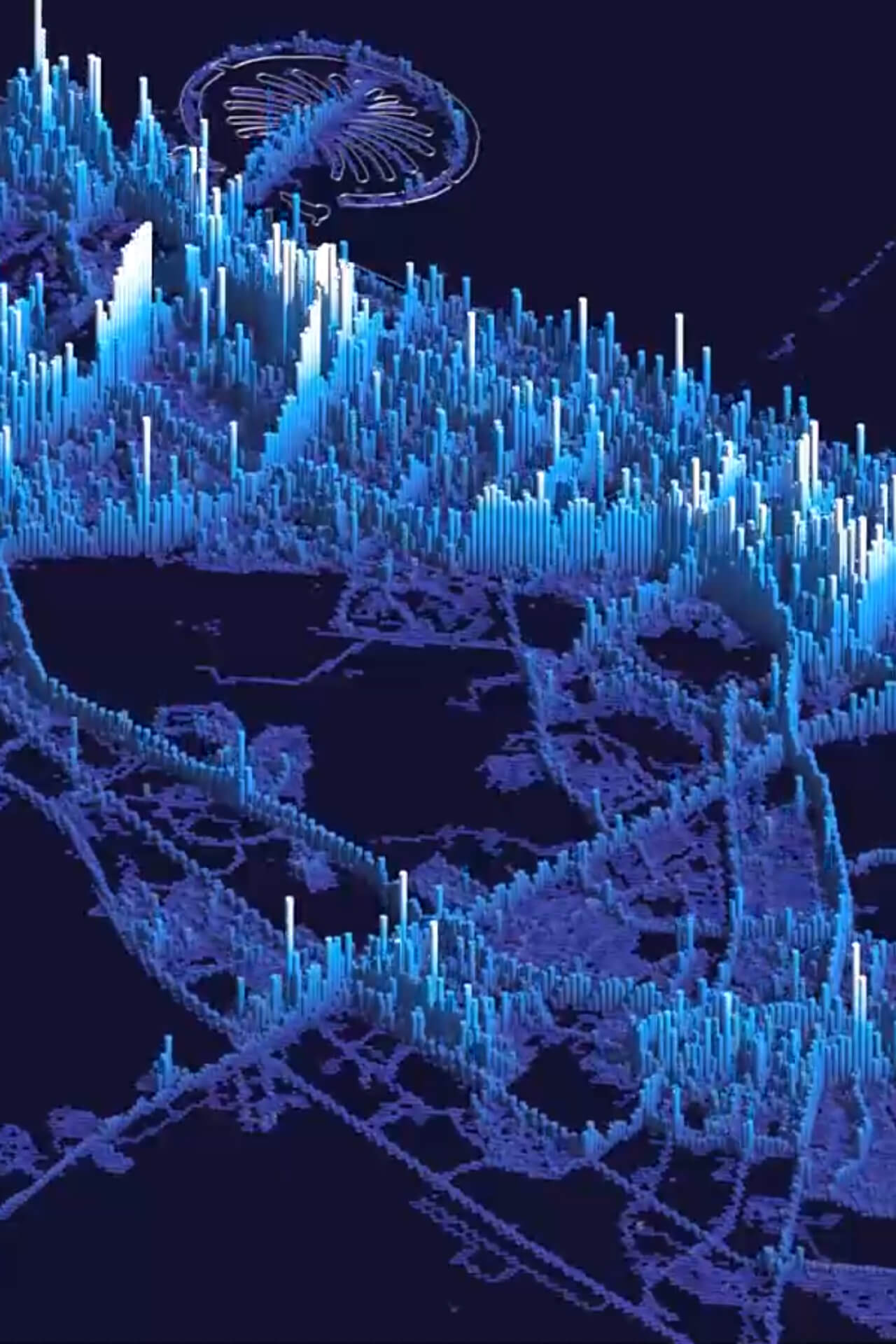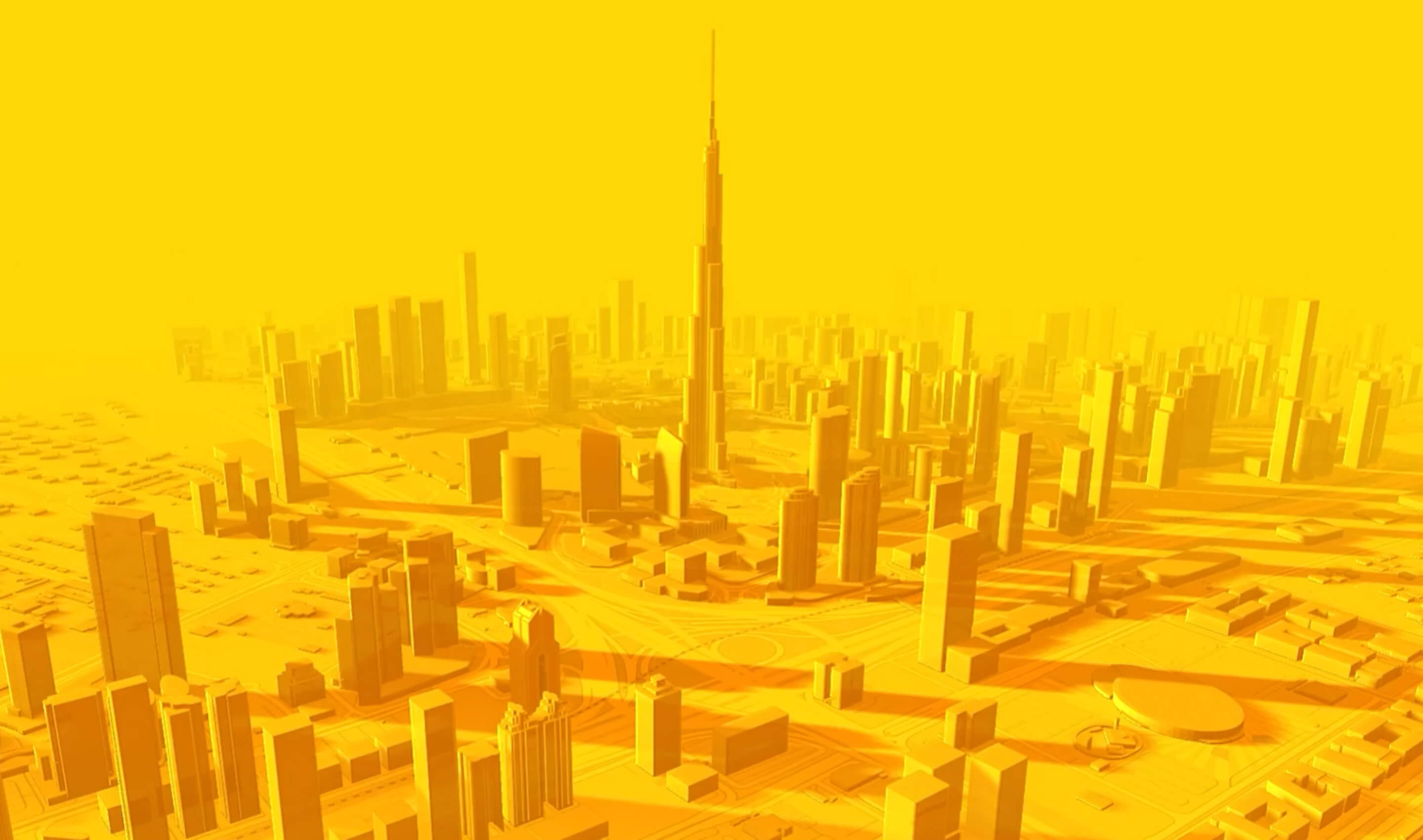Imagine walking through the bustling streets of Sharjah, where a green transformation is unfolding around you. Once arid spaces now feature increased greenery, with parks and gardens providing some relief from the heat. This is no accident—the city is on a mission to beautify itself and tackle climate change, one park at a time.
Today, Sharjah has 68 gardens that produced 17 million flowers in 2022, with thousands more planted along streets and in public squares. The city’s nurseries are busy growing decorative and fruit-bearing trees, and in a true community effort, they’re giving away seedlings to residents for free. These initiatives have expanded Sharjah’s green spaces to 22 million square metres, growing by over 12% each year.
Urban parks are essential in the fight against climate change, especially in the Middle East, where cities have long experienced extreme heat. These green spaces cool the air, absorb carbon, and improve air quality. Cities like Sharjah, already adapted to high temperatures, are leading the way in climate solutions, offering lessons for the rest of the world.

